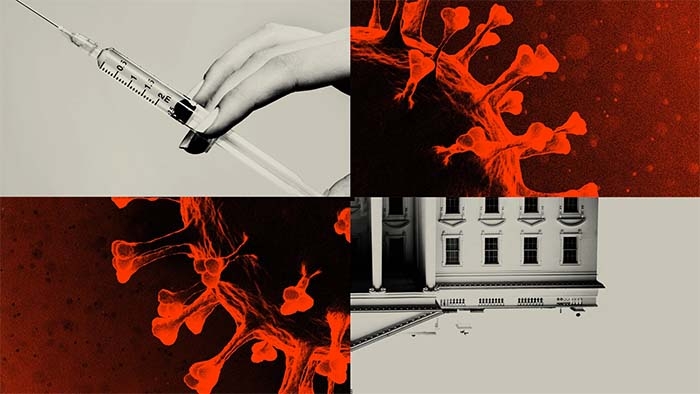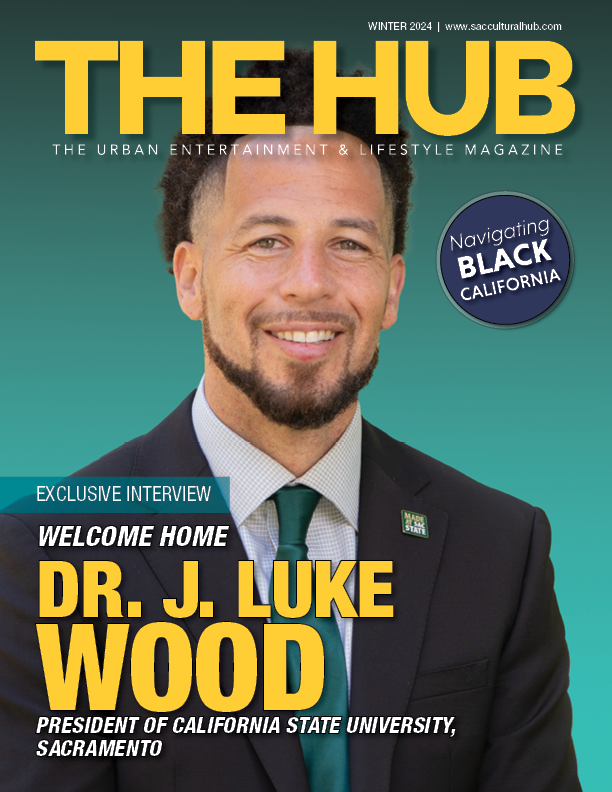
On March 27, as the U.S. topped 100,000 confirmed cases of COVID-19, Donald Trump stood at the lectern of the White House press-briefing room and was asked what he’d say about the pandemic to a child. Amid a meandering answer, Trump remarked, “You can call it a germ, you can call it a flu, you can call it a virus. You know, you can call it many different names. I’m not sure anybody even knows what it is.”
That was neither the most consequential statement from the White House, nor the most egregious. But it was perhaps the most ironic. In a pandemic characterized by extreme uncertainty, one of the few things experts know for sure is the identity of the pathogen responsible: a virus called SARS-CoV-2 that is closely related to the original SARS virus. Both are members of the coronavirus family, which is entirely distinct from the family that includes influenza viruses. Scientists know the shape of proteins on the new coronavirus’s surface down to the position of individual atoms. Give me two hours, and I can do a dramatic reading of its entire genome.
But much else about the pandemic is still maddeningly unclear. Why do some people get really sick, but others do not? Are the models too optimistic or too pessimistic? Exactly how transmissible and deadly is the virus? How many people have actually been infected? How long must social restrictions go on for? Why are so many questions still unanswered?
For the full story, visit TheAtlantic.com/Health.




